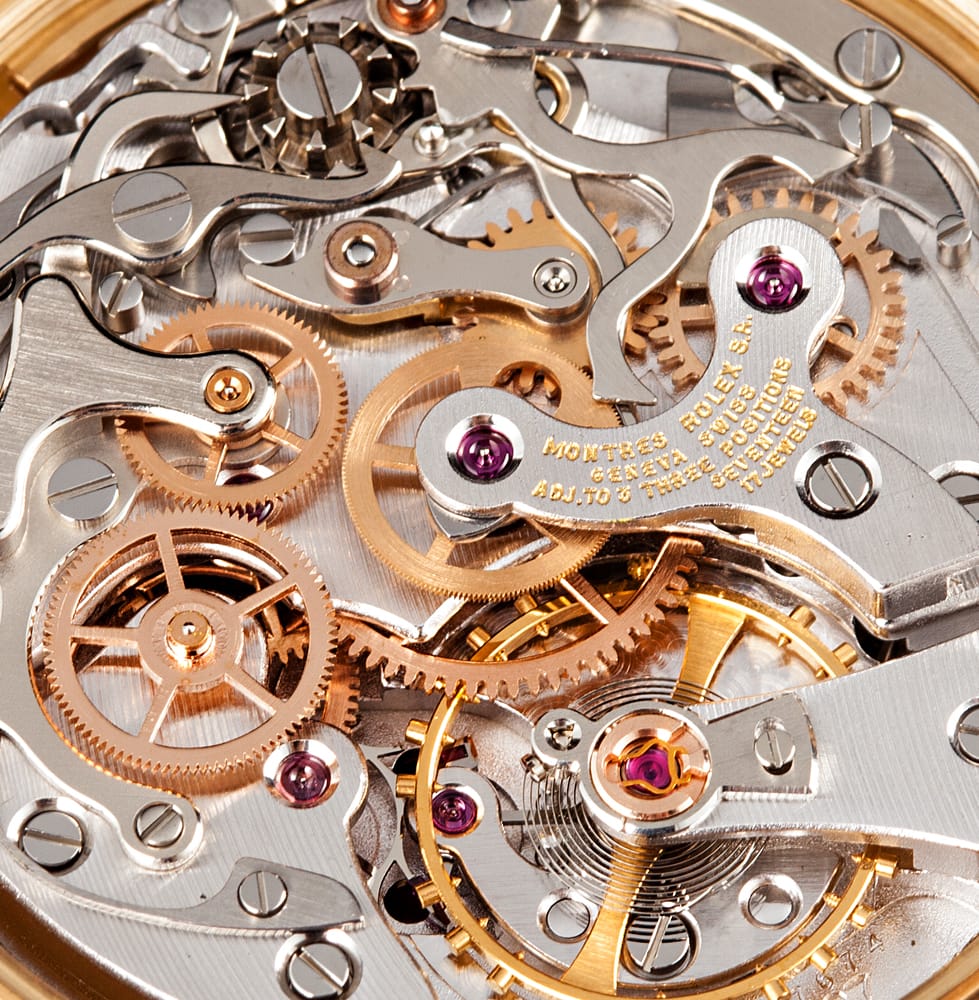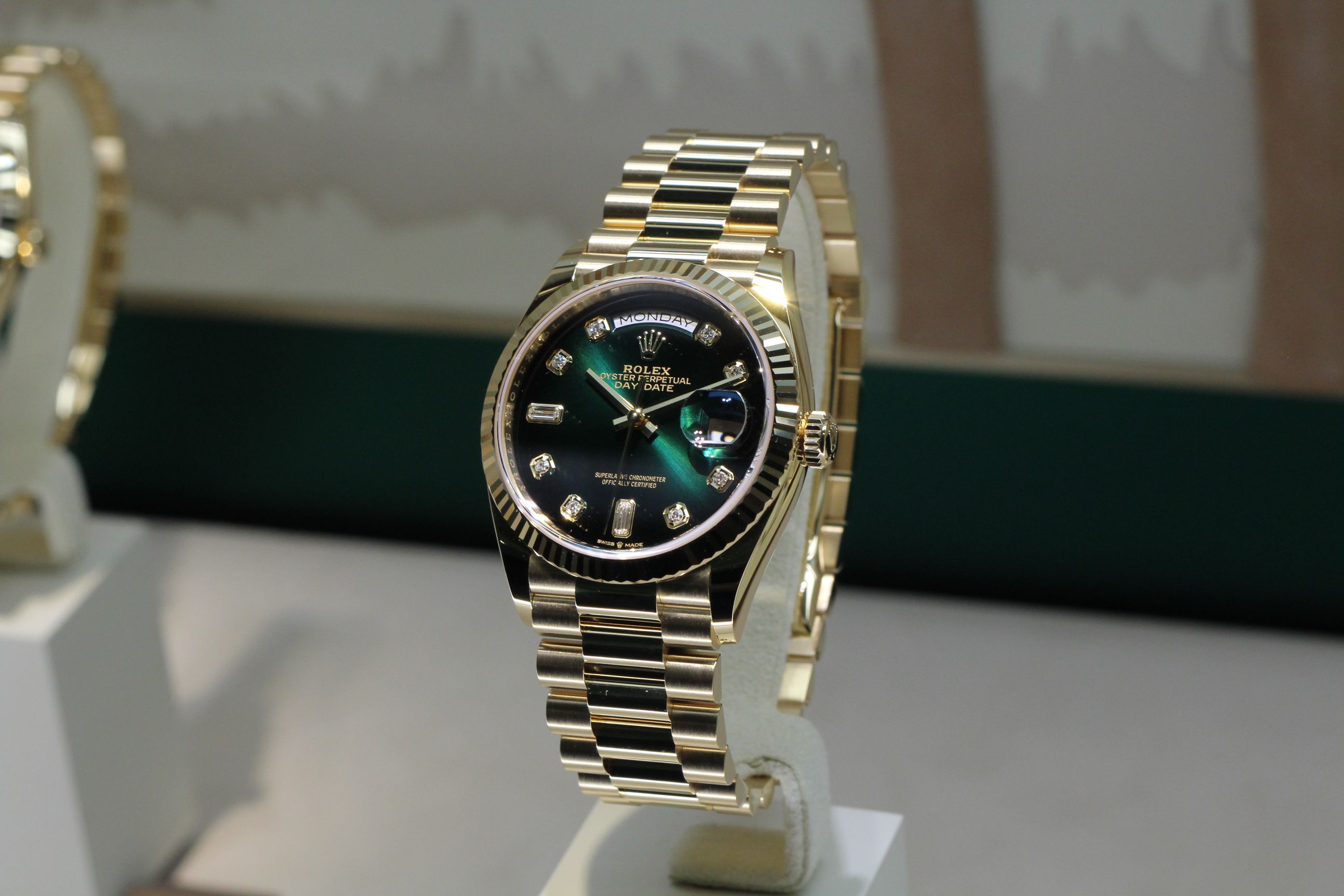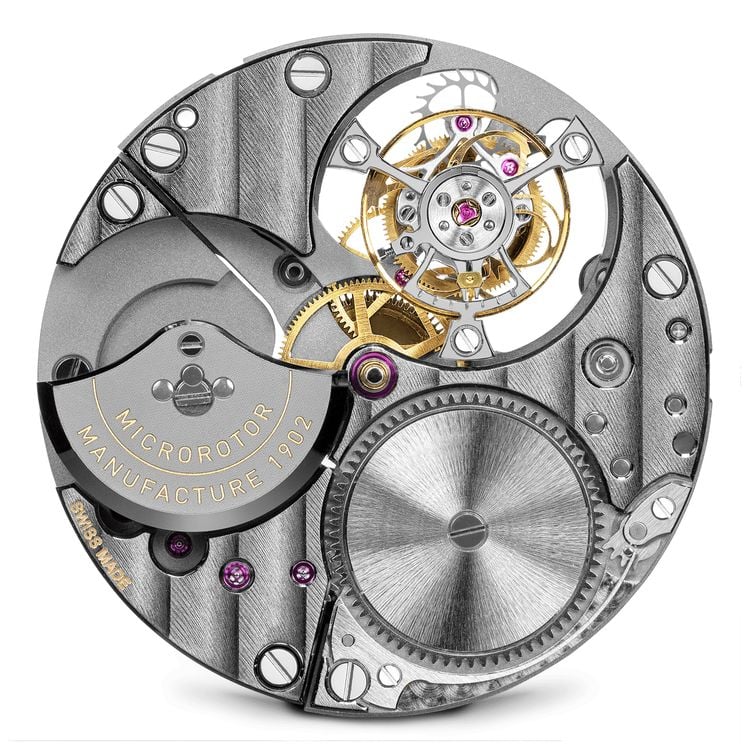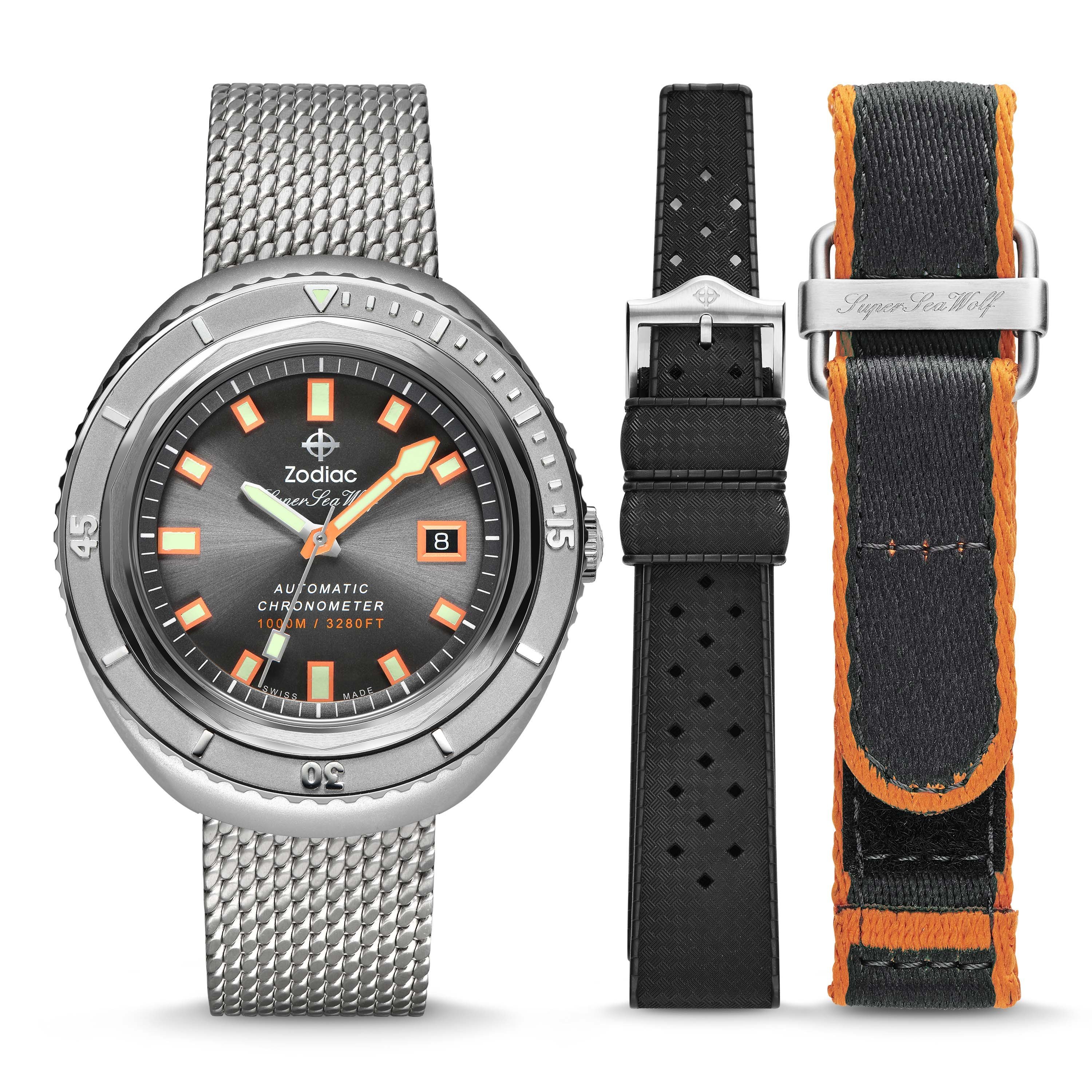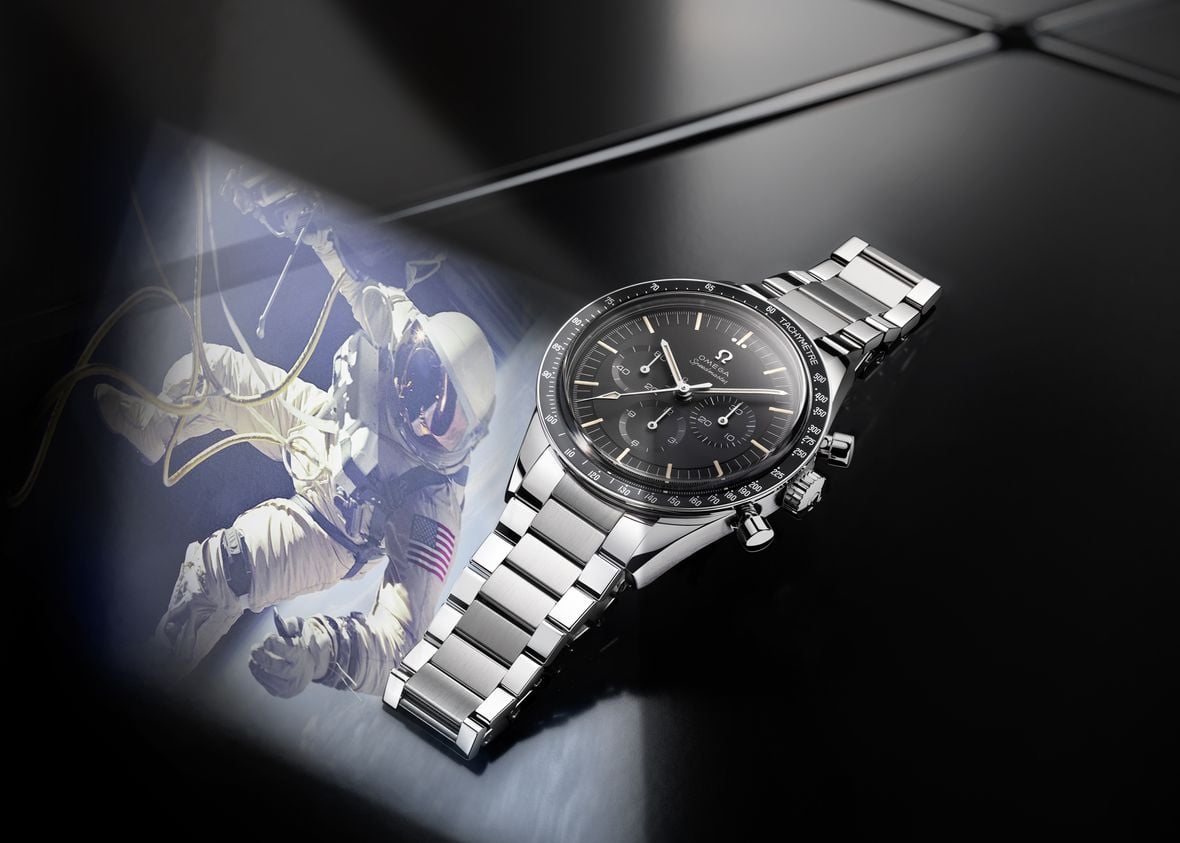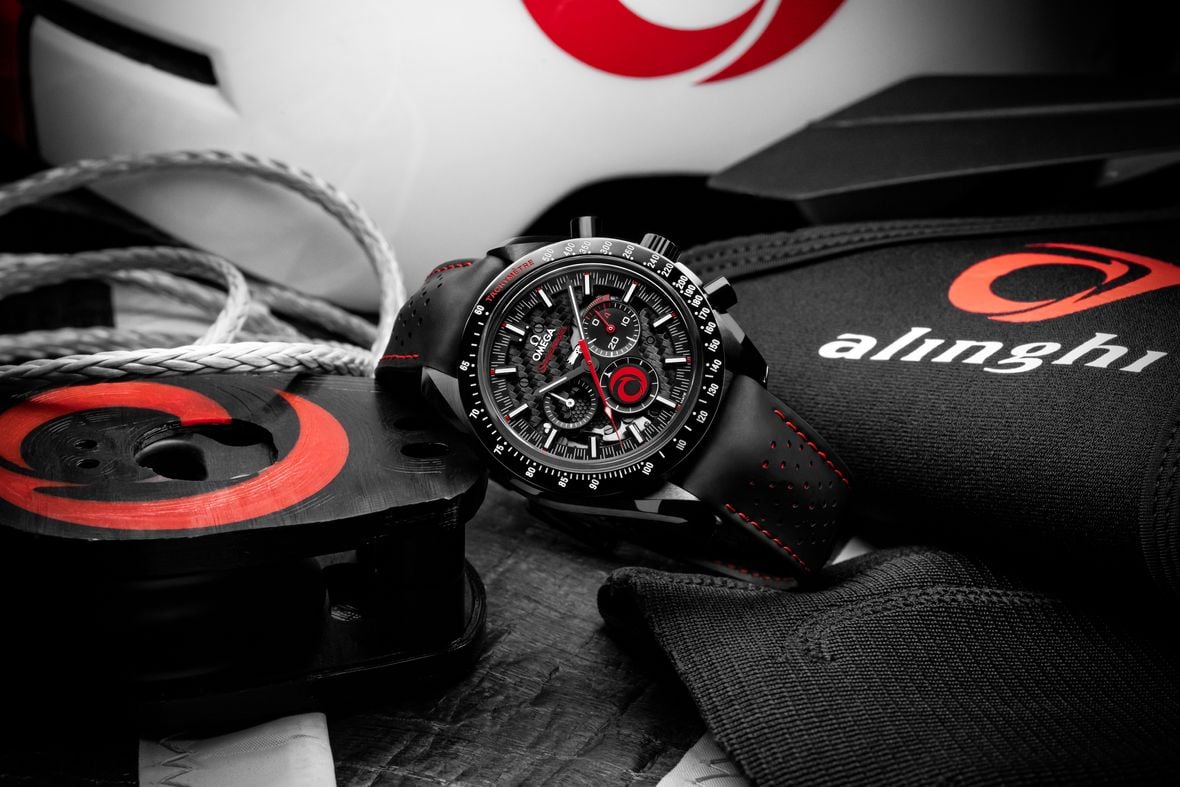The debate over the pros and cons of in-house versus outsourced movements is not one likely to go away anytime soon – if ever. We’ve covered our opinion on the matter before, pointing out that just because a manufacturer happens to make their own calibers, it doesn’t automatically mean that they are intrinsically better than if they had come from a third party.
In fact, it is extremely rare for any single watchmaker to build every single part that goes into their range of models. In most instances, at least some components are usually brought in from outside, and either modified heavily to particular specifications or else slotted straight into a case and sent on their way. Outsourced movements make sense of course. The cost of designing, fabricating, and testing a series of tiny mechanical engines is colossal, and those costs have to be recouped in some way. Using outsourced movements ultimately means lower prices for the consumer.
That being said, the use of a non-proprietary caliber goes beyond merely questions of overhead. Some of the finest luxury watches currently on offer, or classic vintage models from the past, have relied on outsourced movements, for their quality, accuracy and resilience. Below, we will pick put a few of our favorites.
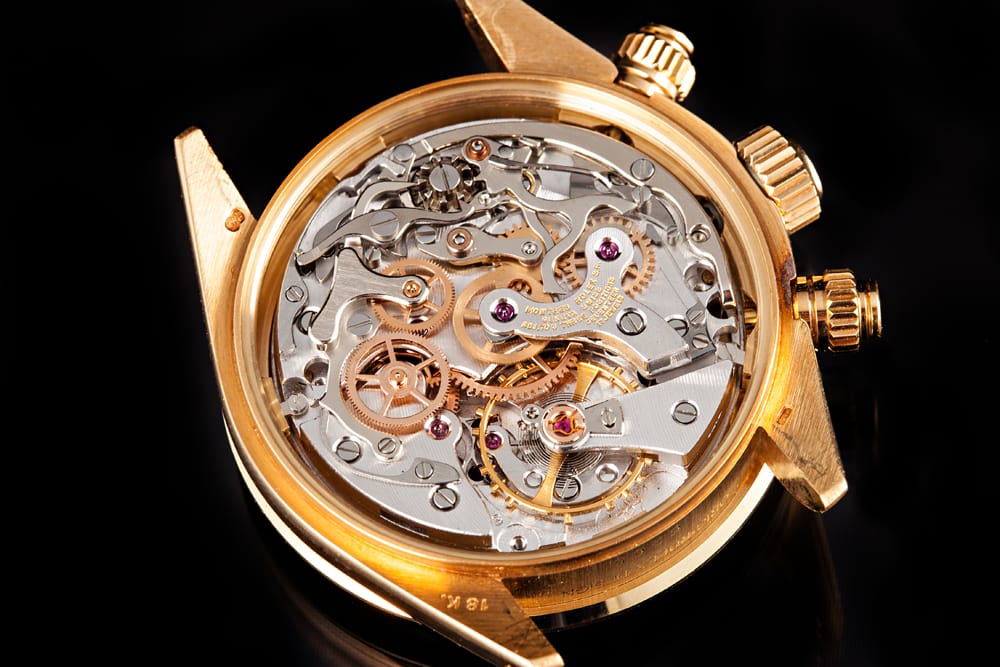
The Rolex Daytona and the Zenith El Primero
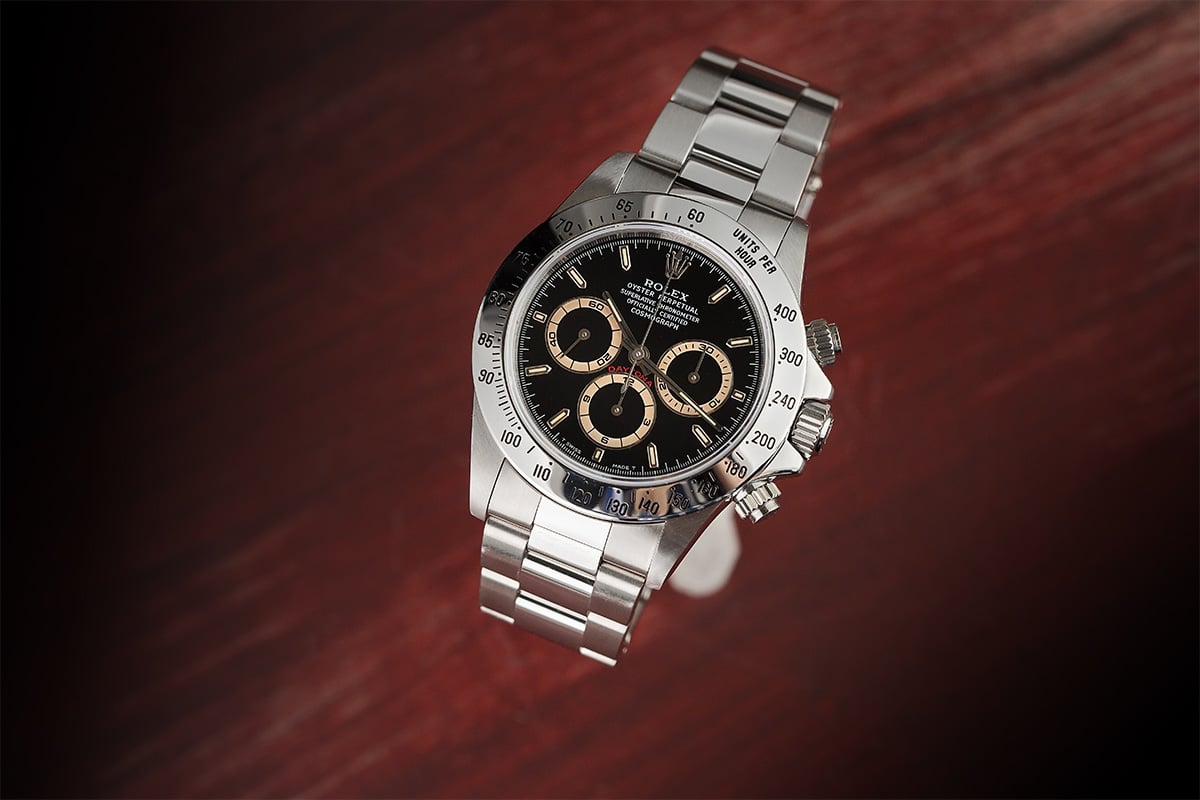
The history of the Rolex Daytona, arguably the most famous mechanical chronograph ever made, is really a story of its movements.
Starting out in 1963 to an ear-splitting roar of indifference from all sides, the first quarter-century of the Daytona’s production was defined by its use of outsourced movements – namely the otherwise superb, Valjoux 72 caliber. But customers ran for the hills as soon as they discovered that they would have to manually wind their Rolex Cosmograph every day which, at the dawning of the quartz era, marked it as a relic of another time.
Flash forward to 1988, and Rolex teamed up with newly restored Swiss compatriots, Zenith – the (maybe) winners of the three-way race to create the world’s very first self-winding chronograph movement way back in 1969. It was their El Primero mechanism, renamed the Cal. 4030 once Rolex’s engineers had finished with it, that put the Daytona on the path to its current position – at the very top table of the world’s most desirable watches.
All told, the outsourced El Primero movement was put through some 200 different modifications, and more than half of its original components were either swapped out for others deemed more suitable, or scrapped entirely. The date function was tossed; a new escapement was fitted with a much larger, free-sprung Glucydur balance wheel with Microstella system; and the flat hairspring received a Breguet overcoil.
Perhaps most significantly, the 36,000vph frequency was reduced to a more common 28,800vph, reducing wear and tear and allowing for longer times between services. But while all the changes took the El Primero a long way from its origins, there was still enough of the celebrated caliber left for the second generation of Rolex’s racer’s watch to be forever known (colloquially at least), as the Zenith Daytona.
Styling-wise, the first of the new automatic breed represented a complete departure as well. The ref. 16500 series debuted at the 1988 Basel Watch Fair, offered in steel, yellow gold and Rolesor (two-tone). Its dimensions had grown to 40mm, up from the previous 37mm, and the Plexiglass covering had been replaced with a sapphire crystal. The engraved bezel was now measured at Base 400 rather than 200, and the dial was available in black or white, with contrasting outer rings on the trio of sub counters.
The self-winding movement, and the fact that the supply of the Daytona was relatively limited precisely because that movement had to be delivered from a third party (and then modified), combined with the explosion in watch collecting during the 80s, and created a perfect storm for Rolex. Soon, demand for their only chronograph reached a fever pitch, along with an awakening of interest in vintage models.
This fascination has only increased in the intervening years, and the Rolex Daytona remains one of the most popular, and most difficult-to-buy (brand new) watches in the world. However, it owes a significant debt of gratitude to the El Primero movement, one of the truly legendary calibers of recent times.
Blancpain Fifty Fathoms Flyback Chronograph and the Frédéric Piguet 1185
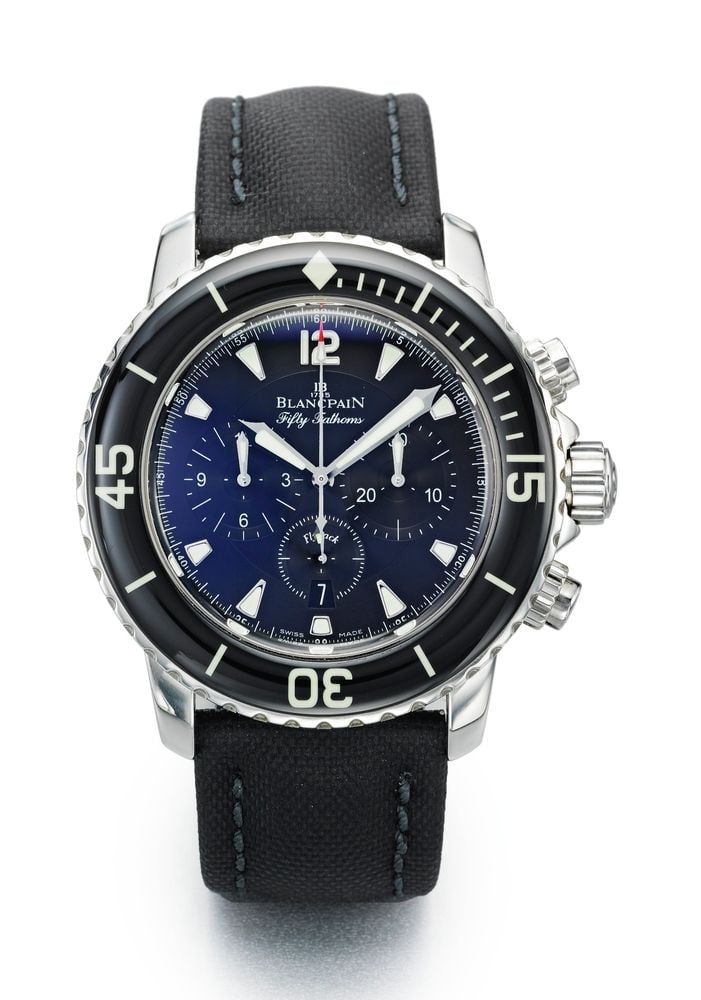
The Fifty Fathoms from Blancpain can confidently lay claim to being the genesis of the modern dive watch. Originally released in 1953, just months before Rolex’s Submariner took over the world, it was created out of necessity by two members of the French Special Forces.
Heading up the newly formed Nageuers de Combat (or Combat Swimmers) unit, captain Robert ‘Bob’ Maloubier and his second in command, Claude Jean Riffaud searched for an existing timepiece that would meet their unique needs and demanding standards. Finding nothing suitable, they sat down with a pen and a ruler and designed the Fifty Fathoms themselves over the course of two hours.
Factoring in all the requirements for a frontline watch, the pair determined their invention would need highly contrasting white hands and hour markers set against a black dial, an automatic movement, a rotating bezel to keep track of immersion times, and a highly waterproof case – pretty much everything, in fact, that was set out in the official dive watch requirements some 40 years later. Although it has never reached the Sub’s level of universal fame, the Fifty Fathoms has long been a fan favorite, and has diversified its range enormously over the course of its run.
A version released in 2007, which is still part of the 67-strong lineup of Fifty Fathom watches today, the Flyback Chronograph ref. 5085F-1130-52 is driven by the Blancpain Caliber F185 – a modified movement based on the Frédéric Piguet 1185.
Recently gobbled up by the Swatch Group, Frédéric Piguet started life in 1858 as an ébauche manufacturer. In 1987, they released the manually wound base movement, the 1180, which was (at that time) the thinnest column wheel-controlled chronograph ever made. Different variations on the theme emerged soon after, with the 1185 appearing a year later, an automatic caliber with flyback functionality.
Allowing for the chrono seconds hand to be stopped, reset and restarted again instantaneously with the press of a single button, flyback chronographs are a highly accurate and especially complicated version of the regular mechanical stopwatch. All told, the caliber has been used in a dozen references in the Fifty Fathoms family.
The watch itself takes the more vintage aesthetic route than some in the collection. At 45mm it is a fairly large piece, but it wears smaller thanks to its short lugs and the fact it has a slight taper front to back. The arrow hands and slightly domed bezel are all nods to models from the past as well. The sub-dials are beautifully legible, with the running seconds counter at the six o’clock slightly smaller than the other two, bearing just the faintest resemblance to the moisture indicator that was a feature on the first of the commercial models.
Not including the Bathyscaphe editions, there are five versions of the Flyback Chronograph, available in a variety of colors, metals and straps. Another luxury watch powered by an outsourced movement, the Fifty Fathoms remains an absolute diving icon.
The Patek Philippe 5970 and the Lemania 2310
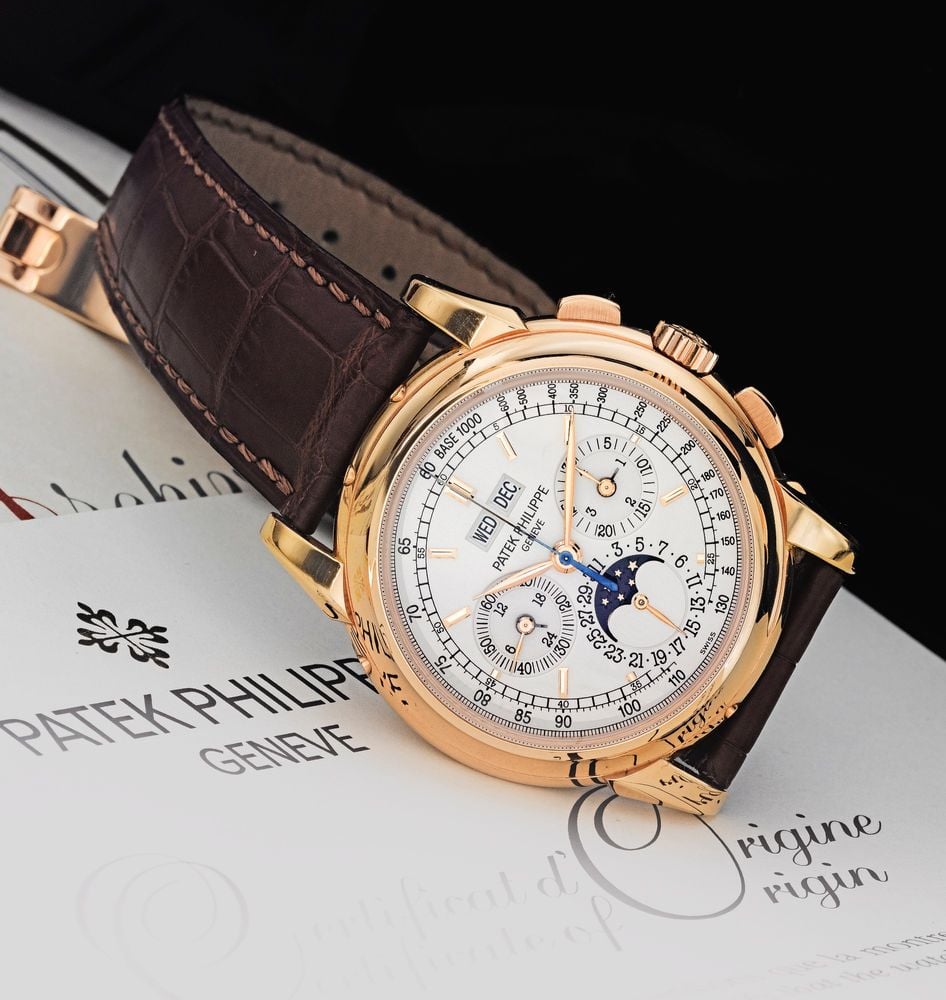
Known as the longest serving family-owned watchmaker in the world, and one of the most prestigious names in horology to boot, it can come as a surprise that not everything that goes into a Patek Philippe necessarily comes from Patek Philippe.
Granted, they have built their reputation on both their religious self-sufficiency as well as their incredible quality, but it wasn’t until a few years ago that the manufacture produced their own perpetual calendar chronograph movement. Before that, the brand best known for that exact complication was using calibers from Lemania, the Swiss-based company formerly of the SSIH Group and now owned by Breguet.
The ref. 5970 was produced from 2004 until 2011 (when it made way for the 5270, featuring Patek’s first home grown chronograph movement). It is the shortest run of any of their Perpetual Calendar watches, although it was an extremely well-received edition. Consequently, its desirability, along with the inherent rarity of a watch made for such a brief period of time, have helped make it perform well at auction too.
The heavily-reworked Lemania 2310 driving the ref. 5970 was first used by Patek in 1986, inside the ref. 3970, and it is this movement that also provides the power for the unusually-shaped ref. 5020 from the nineties. The movement itself was actually developed in conjunction with Omega, back when both companies were still heading up the SSIH in 1942. The hand-wound column wheel chronograph, with its 18,000vph frequency, had its most famous moment in 1969, inside Buzz Aldrin’s Speedmaster as he walked on the moon, with Omega using it as the base for their fabled, and recently revived, Caliber 321.
In Patek’s hands for the ref. 5970, the Lemania 2310 received a larger balance (as well as several other fundamental improvements), with the brand’s own perpetual calendar module fitted on top, eventually being renamed the caliber CH 27-70 Q. Finished in typically glorious fashion, with crisp perlage and painstakingly hand cut bevels, the 40mm ref. 5970 was granted a sapphire case back to let wearers watch the action unfold.
During its fleeting moment in the sun, the watch was originally issued in rose gold and white gold, followed by a yellow gold version in 2007. However in 2008, the brand stopped producing gold versions altogether; and for the final two years, platinum was the only option. It is the yellow gold model, made for just a few months, which today is faring best on the pre-owned market, with only a relative handful of examples up for grabs.
Aside from its historically significant movement, the 5970 has another special place in the story of Patek Philippe. It was the debut design by Thierry Stern, the current head of the company, and the man who followed in the footsteps of his father, grandfather, and great-grandfather, dating back to 1932. His first contribution to the family firm is one of the best, a beautifully proportioned and perfectly legible piece, and a fitting swan-song for their use of the one of the most important outsourced movements ever made.
